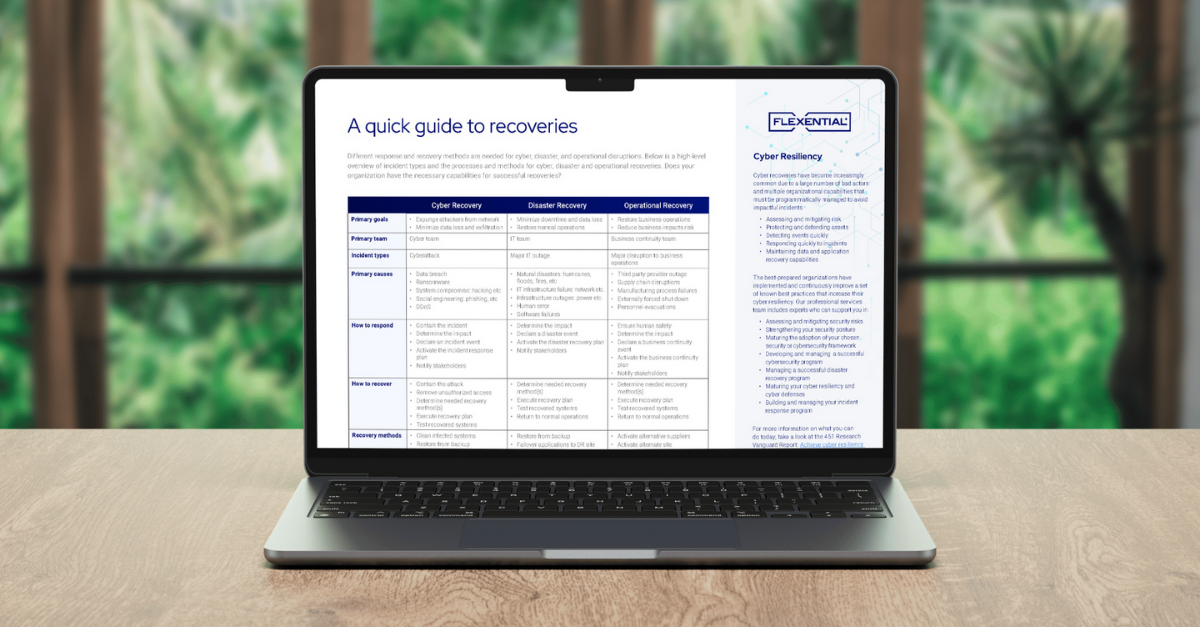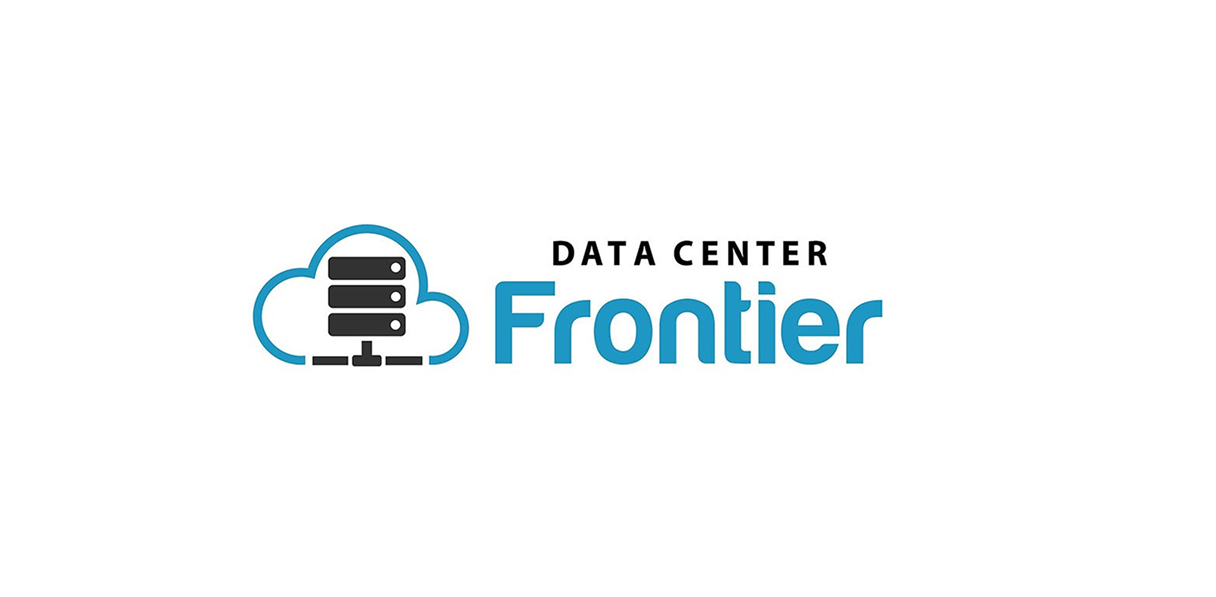What hybrid IT means for workload placement
Imagine being in a meeting and hearing this declaration: “We should move everything to the cloud.” Someone may think they have come up with some great answer, but in fact, what they have really done is create questions. Lots of questions. Which “things?” Which “cloud?” In what order? How? And most importantly, “Why?”

Large and small organizations have rushed to migrate data and workloads to cloud-based solutions, searching for flexibility, cost savings, and lightening the load of management responsibility. To rush forward blindly, however, is to invite trouble. When moving workloads, we must think and plan carefully because there are many types of workloads and many cloud service options—and some workloads and data may actually work best by staying where they are today. Workloads simply can’t all be treated the same. Each has its own needs and should be individually evaluated and placed in its most optimal environment. That’s how to realize the advantages of hybrid IT.
How to build a hybrid IT landscape
Today, most organizations are pursuing workload placement strategies that mix on-premises systems, colocation and cloud-based solutions. That’s the hybrid IT way, and it opens up a wide range of possibilities for where those organizations can place their workloads. When IT gets workload placement right, it puts the business on the path to more flexibility, agility, productivity, and effective cost management. Ad-hoc decisions and implementations can create more problems than they solve when done poorly.
The trick is to make those workload placement decisions with a strong understanding of the benefits, limitations, and risks of the various cloud and non-cloud environments and how well they suit—or don’t suit—each workload. By understanding workload needs and hybrid IT options' characteristics, decision-makers can determine the best fit for placing any given workload.
Location, location, location
In a simplified view of the world, there are six main types of workload placement locations, each offering different features, limitations, and levels of provider security and management responsibility. The greatest opportunity for success is to choose the best placement option for each workload to build a highly functioning hybrid IT architecture.
- On-Premises: Infrastructure, workloads and data all reside in the organization’s own data center or offices.
- Colocation: A third party provides data center space, cooling, power, network connectivity and physical security. Its customers may choose from geographical locations.
- Hosted Private Cloud: A third party provides the data center facility, dedicated infrastructure, managed hardware and hypervisors. As with colocation, customers may choose from geographical locations.
- Public Cloud: A third party provides a data center to multiple tenants and manages a shared cloud infrastructure. Its customers may choose from regional geographic locations.
- Platform-as-a-Service (PaaS): A third party offers application and serverless infrastructure components within a managed cloud. Some providers may offer a selection of regional geographic locations.
- Software-as-a-Service (SaaS): The vendor offers licenses to software solutions residing in its own managed platform and manages all application maintenance and upgrades. Most providers do not offer a customer selection of locations.
Given this diverse landscape, it’s easy to see how decision-making can be challenging. An environment containing multiple workloads sharing a single data source, for example, could be treated as a single entity and moved as a whole to an off-premises cloud. However, what if those workloads have a different user base with individual compliance, performance, or visibility requirements? In that case, placing each workload in the best location and creating the necessary connectivity to the data source and users might be better. Either plan leads to the question: How do you make workload placement decisions in a world of many hybrid IT possibilities? Part 2 of this blog post dives deeper into how to determine workload placement by reviewing the 14 criteria we use to evaluate workload needs.
To really take advantage of hybrid IT opportunities, remember that the individual workload perspective comes first. A thoughtful and thorough approach that evaluates individual workloads against technical, operational and financial criteria will align decisions with broader IT and business strategy to achieve greater flexibility, scalability, security and lower IT costs.







